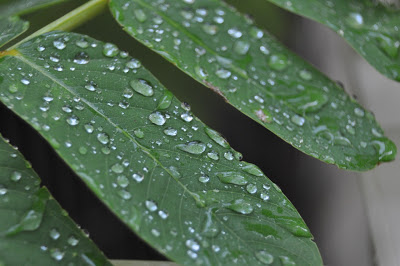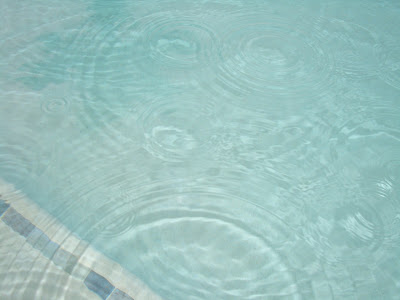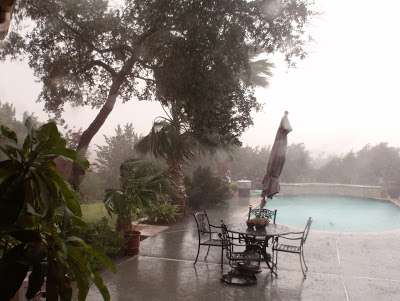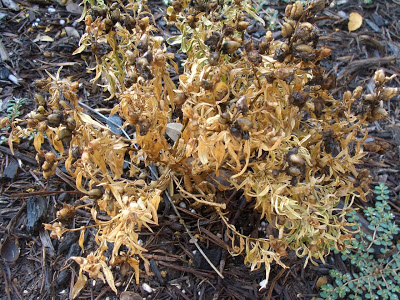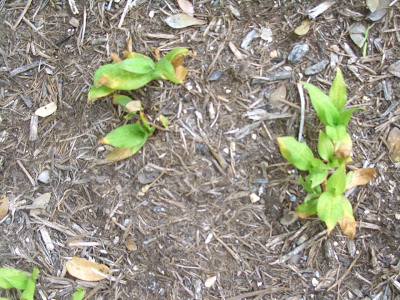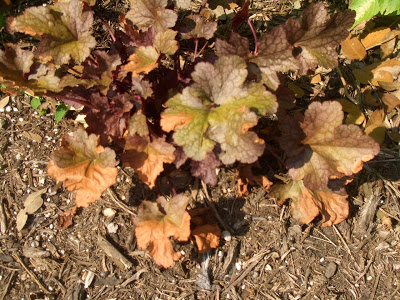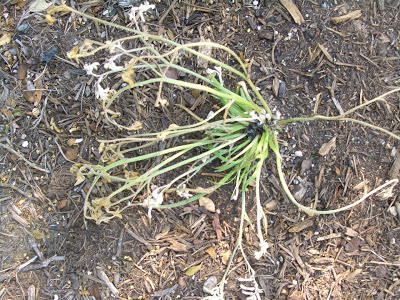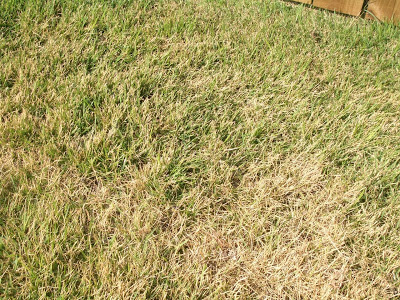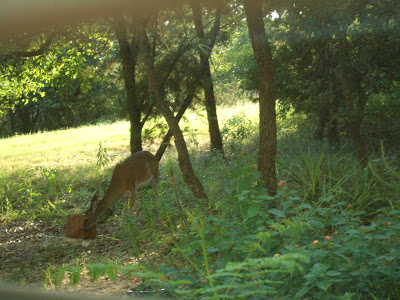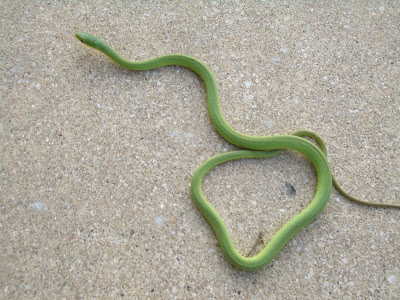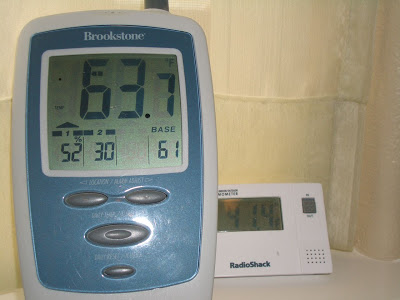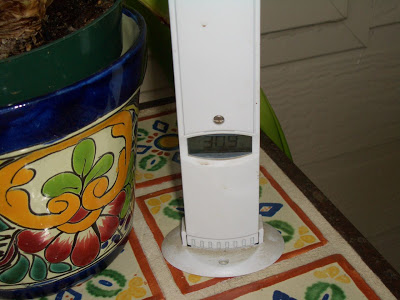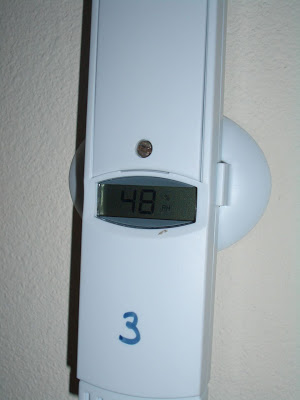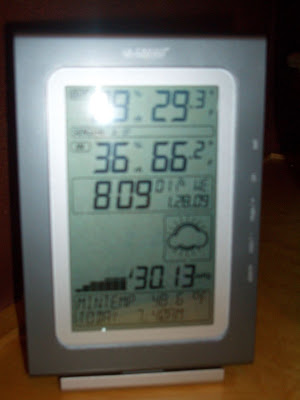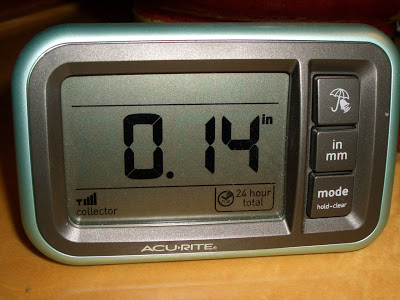Heat Stress Solutions for Landscape Plants
During the dog days, when rain is scarce and scorching is the order of the day, many plants will wilt and burn. The summer sun brings blooms, but as temperatures climb to triple digits, it takes a toll on our gardens.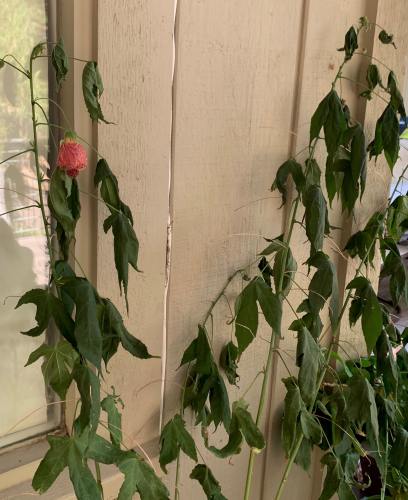
We can’t turn down the outside thermostat, but there are things you can do to help your garden weather the heat.
When it’s sweltering outside, our bodies sweat to cool off. Plants sweat to cool off too, through a process called transpiration. Transpiration is basically water movement through the plant and the resulting evaporation from the leaves, flowers and stems. The plant takes water and minerals from the roots and sends it to the leaves. In extreme heat, this loss of water can be devastating. If the water loss isn’t made up by more replacement water in the soil, the plant will wilt and begin to decline.
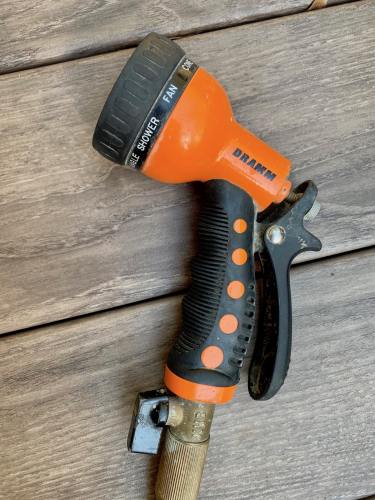
Water right
How you water makes as much difference as how much you water. Because most sprinklers lose a lot of water to evaporation, watering should be done in the predawn or early morning hours to prevent scorch and maximize the amount of water going directly to the plants. Don’t be tempted to water more often. Frequent light watering actually hurts plants, encouraging them to keep shallow roots. Longer, less frequent watering develops deep roots — away from the hot soil surface – that require less water.
Drip irrigation provides the most efficient way to water. Keeping water next to the plants and using minimal pressure, there is almost no evaporation or runoff with drip irrigation. Because this method releases water so slowly, watering takes much longer, so make sure your plants are getting enough. Ensure the hose is properly positioned – it should reach around the plant roots.
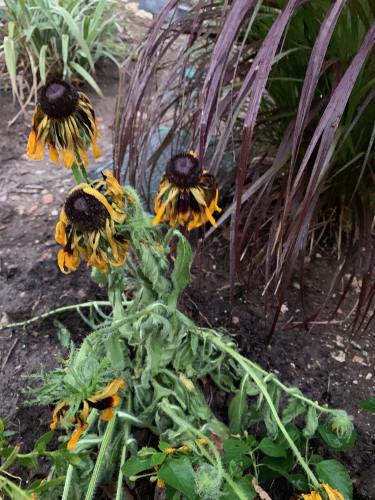
Of course, using rainwater is great when you can get it. Plants always prefer natural rainwater to chemically treated tap water. Whether you use rain barrels or buckets or a cistern, collect as much as you can.
And sometimes, even more water isn’t enough. When we hit triple digits, hot is just plain hot. In the scorching sun, plants can get sunburned just like we do. Plant sunburn generally appears in the middle of the leaf because edges and leaf tips can dissipate heat better. If your plants are burning, try to provide some temporary shade until temperatures come back down a little.
Mulch well
Any bare ground that is not mulched radiates heat directly onto your plants. A good layer of wood much insulates the soil, reducing water loss from the soil surface and protecting plants against heat. Mulch helps prevent evaporation and retains water to keep plant roots moist. And, it also helps control weeds that also compete for any available water.
Don’t Fertilize
As you begin to see signs of stress in your plants, fertilizing them might seem like the thing to do. Don’t. Fertilizing them will push them to grow, adding even more stress. The best plan is to feed them before the stress of summer, so they are better able to handle the heat when it soars.
Identify pests and disease
Keep an eye out for pest damage and plant disease at this time of year. Plants already struggling with health issues will quickly succumb to heat and drought. Check for detrimental insects often. Look under leaves and inspect in the evening, when many pests are more active. Be careful not to use chemical products that will hurt the beneficial insects in your garden that control pests naturally.
Other causes of stress in plants can be exacerbated by the heat. In my garden, late summer marks the onset of chlorosis in some plants. Common in clay and limestone soils high in pH, this nutrient deficiency keeps plants from synthesizing the chlorophyll they need, causing leaf yellowing. There are many causes of yellowing, including over and under watering. Consult with your independent garden center if you’re unsure about the cause.
Top Tips to Handle the Heat
- Water deep and long
- Mulch well
- Don’t fertilize
- Address other stress issues

